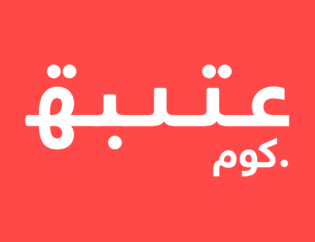
Tomy Khresto, the Alexandrian born Greek entrepreneur, first opened the Corona factory in 1919 in Alexandria. At the start, all the machines were imported from Europe, and Khresto hired only a handful of workers, both Egyptian and Greek, to operate the complex machinery.
Corona’s company culture was instrumental to its success. One of the most important qualities Khresto looked for when hiring new employees was cheerfulness. The ideal Corona employee must be cheerful and happy to align with the mission statement of the company, which was to make people happy by eating chocolate. He also understood that part of the responsibility to make employees happy lied upon himself. Hence, he built a football pitch on the factory campus for employees to play during breaks and social gatherings, and he provided free cinema tickets for employees and their families as weekend bonuses. Khresto was way ahead of his time regarding employee morale, as we now see the largest corporations adopting the same strategy like Google’s headquarters in California which is renowned for its sports facilities, movie theaters, lounges, and unlimited food and beverage. Corona’s culture and mission statement were even evident in their marketing campaigns. Throughout the years their slogans included “a beautiful dream playing with your child”, or “we eat it together”.
Corona was to be part of the vast nationalization campaign of the 60’s. The state took control of the company and renamed it “The Alexandrian Company”. This led to the departure of the Khresto family along with their foreign employees. A huge gap was left, as most of the complex manufacturing operations were led by the departed employees. Fortunately, one Egyptian, who had full knowledge of the manufacturing process, stayed onboard. This man was Zaky El Masry, one of the closest staff members to the Khresto family. He was considered the most important dough maker in the factory, and he was fully aware of Khresto’s secret recipes. El Masry was the company’s only hope for survival, and he was kept on board even after passing the retirement age. His contract was renewed every year until his death.
Many people have wondered, what does the Corona deer logo represent. According to Omar Taher in his book “The Industrialists of Egypt”, next to the location of the factory sometimes deer were seen in the area. One day the staff were playing football, and someone kicked the ball powerfully and it struck the head of a deer that roamed around the factory occasionally. The deer died, and Khresto was present that day to witness. He grieved and decided to make the deer the logo of the company, and he even built a statue of the deer at the entrance of the factory to honor its death.




